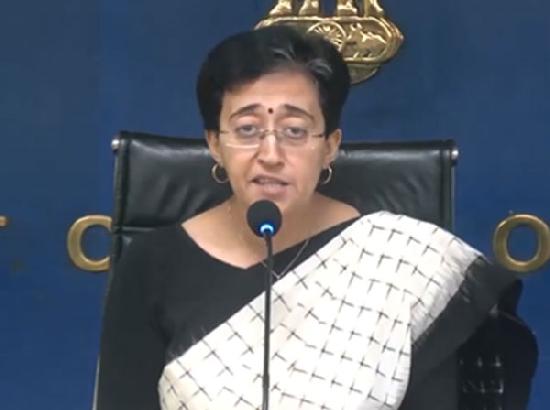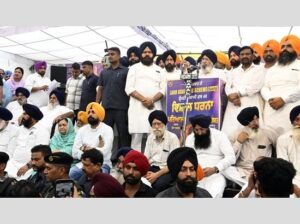From the Editor’s Desk
With Atishi taking over as the Chief Minister of Delhi, the Aam Aadmi Party (AAP) is entering a new and pivotal chapter in its political journey. Her appointment not only signals a generational shift in leadership but also sets the stage for various strategic implications for AAP, both within Delhi and beyond. Though, her predecessor Arvind Kejriwal is the one who anointed her owing to her confidentiality to Kejriwal and similar background.
A New Era of Leadership
Atishi is the second woman Chief Minister of Delhi, a significant milestone that underscores AAP’s commitment to inclusivity. The first women CM of Delhi was Sushma Swaraj in 1998.
Known for her articulate advocacy on education and social reforms, Atishi’s leadership style is expected to resonate with the party’s progressive base while appealing to a broader electorate. Her previous roles as an MLA and a key architect of the Delhi education model have established her as a capable administrator and a visionary leader.
Strengthening AAP’s Brand Identity
Atishi’s focus on education, healthcare, and women’s empowerment is likely to reinforce AAP’s brand identity as a party committed to governance and social welfare. This strategic emphasis can help AAP differentiate itself from traditional parties that often resort to populism without substantial policy frameworks. By continuing to champion initiatives like the “Mohalla Clinics” and free education, Atishi aims to consolidate AAP’s position as a model of good governance, potentially setting a precedent for other states.
Electoral Implications
As AAP gears up for future elections, particularly the 2024 Lok Sabha elections, Atishi’s leadership could significantly influence its electoral strategy. Her ability to connect with younger voters and women—demographics crucial for AAP—might enhance the party’s appeal. Moreover, her focus on policy over personality can help counteract the growing influence of national parties, particularly the BJP, which has been gaining ground in urban areas.
However, Atishi faces the challenge of addressing persistent issues such as pollution, infrastructure, and unemployment. The efficacy of her governance in these areas will be closely scrutinized. A failure to deliver tangible results could lead to disillusionment among constituents, especially in light of the expectations that come with her new role.
Navigating Inter-Party Dynamics
Atishi’s ascension also signals a potential shift in AAP’s internal dynamics. With Arvind Kejriwal still a prominent figure, the power dynamics may evolve as Atishi establishes her leadership style. Her relationship with party stalwarts and grassroots workers will be pivotal in maintaining unity within AAP, especially as the party navigates challenges posed by both the BJP and the Congress.
Moreover, Atishi’s leadership could influence AAP’s strategy in neighboring states, where the party has been attempting to expand its footprint. Her success or failure in Delhi could serve as a blueprint for AAP’s campaigns in Punjab and Haryana, where the party is seeking to establish itself as a viable alternative.
Atishi’s takeover as Chief Minister of Delhi represents a significant turning point for AAP, offering both opportunities and challenges. Her ability to translate her vision into effective governance will be crucial for the party’s future. If successful, Atishi could not only solidify her position but also elevate AAP as a formidable player in Indian politics, particularly in the context of upcoming elections. As the political landscape evolves, her leadership will undoubtedly be a focal point in discussions about governance, electoral strategies, and the future of the Aam Aadmi Party.













